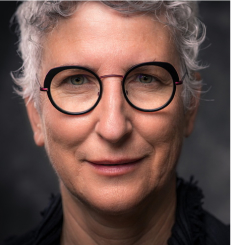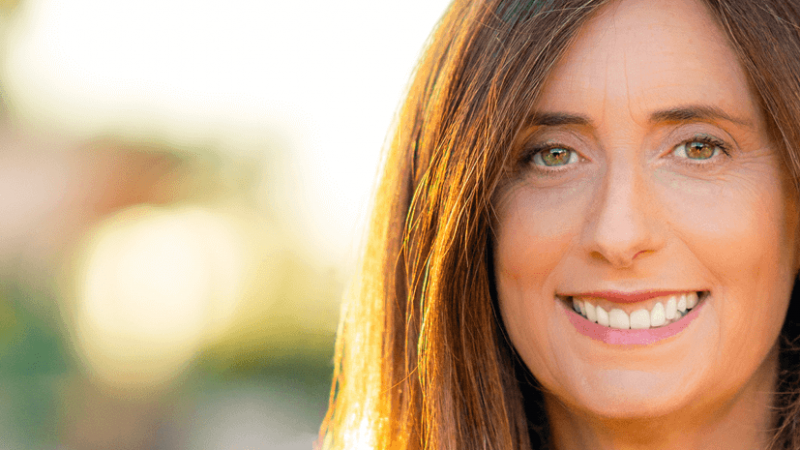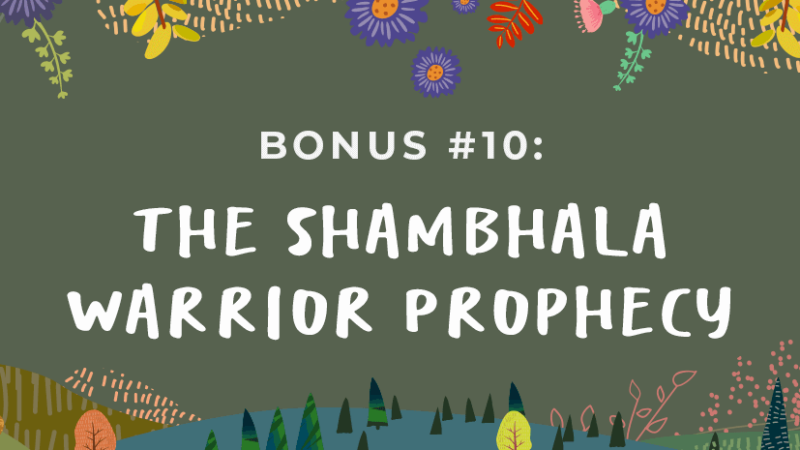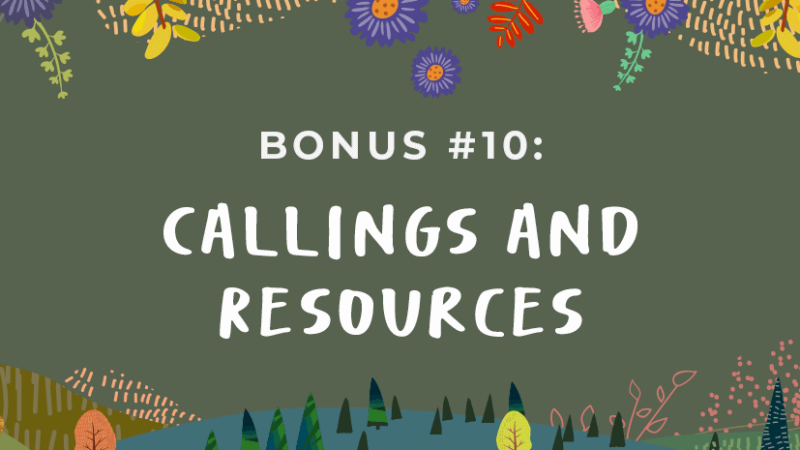
There are three deliberate mental shifts you can make during classical mindfulness meditation that can help point you toward natural awareness: relaxing effort, broadening attention, and dropping objects.
If you have not read the first step yet, you can find Relaxing Effort on our blog.
Broadening Attention
Your attention can be very narrowly focused or broadly focused. It can also be somewhere in between. You might notice the differences because you naturally adjust the breadth of your attention in life all the time. You are driving your car, and you focus first on your dashboard, and then you automatically shift to a wider peripheral sense of the road in front of you. You are talking with a friend, and you focus on her face, then shift to her whole body, and then notice the room in which you both are sitting.
We can think of the mechanism of attention as being like a camera. Sometimes you use a telescopic lens in order to focus on something quite narrow—maybe taking a close-up of a flower, seeing the intricacies of the stem and petals in detail. Usually we take midrange photos—of our kids, friends at the game, or whatever the selfie du jour is—employing a lens that is not too narrowly focused, but open in a general way. The far end of the spectrum would be when we use a panoramic lens to take an elongated, comprehensive photo of, let’s say, the Grand Canyon.
When we meditate, we can apply a narrow or panoramic attention. An example of using a narrow focus would be attending primarily to your breath (or any single object of focus). The panoramic attention would be when our attention is wide open—when we notice many things going on or just have a general wide view. When, for example, we listen to sounds coming from all directions surrounding us, this is a panoramic attention, or wide focus.
We can even apply an attention in meditation that’s somewhere in between these two. A somewhere-in-between attention might be when a few things are going on and our attention can encompass them, either simultaneously or consecutively. Our lower back is achy, and we’re trying to attend to the pain. And then perhaps we move our attention to a global sense of our body or to a part of our body that feels okay at the moment (typically our hands or feet), so that we’re not overwhelmed by the pain. (This is a helpful recommendation if you’re experiencing pain in meditation.)
Broad, panoramic attention tends to be the type of attention present when we do natural awareness practice. Because most of us gravitate toward a focused attention both in meditation and in daily life, opening up panoramically can actually invite in natural awareness. It counteracts our usual forward-focus tendencies and allows our minds to rest and reset, kind of like a brain vacation.
But broad or panoramic attention does not equal natural awareness; instead, shifting into broad attention will point us in the direction of natural awareness. That’s why many of the glimpse practices in this book focus on broadening our attention. Sometimes as we practice broadening our attention, we find ourselves thoroughly and completely aware, which is close to how I defined natural awareness earlier in the book. And it is also possible to have natural awareness without noticing broadly.
Try broadening your attention right now.
Close your eyes if that is comfortable to you. Start by narrowing your attention to a single area of focus in your body—your abdomen, chest, or nostrils. Try to keep this narrow focus for a few minutes.
Now begin to listen to the sounds around you. Start with sounds nearby, but then listen with an expansive ear. How far away are the sounds you can hear? Listen to the sound that is farthest out. Try this approach to listening for a minute or two.
Now notice your whole body. Can you fully feel your body seated here? Relax and unclench your belly. Imagine you could expand that sense of your body, feeling your body moving out in all directions, including above and below. Try being aware of your expanded body for another minute.
Finally, open your eyes and let your gaze become peripheral—wide open, noticing the space around you. Let your eyes be soft, but take in an expansive view. Keep your stomach relaxed. Explore this expanded view for a few minutes, resting here, and then notice what happens to your awareness.
Continue reading the next step, Dropping Objects, or read the previous step Relaxing Effort.
This is excerpted from The Little Book of Being: Practices and Guidance for Uncovering Your Natural Awareness by Diana Winston.

 Diana Winston is the director of Mindfulness Education at UCLA Semel Institute’s Mindful Awareness Research Center (MARC) and the coauthor, with Dr. Susan
Diana Winston is the director of Mindfulness Education at UCLA Semel Institute’s Mindful Awareness Research Center (MARC) and the coauthor, with Dr. Susan
Smalley, of Fully Present: The Science, Art, and Practice of Mindfulness. She is a well‑known teacher and speaker who brings mindful awareness practices to the general public to promote health and well‑being. Called by the LA Times “one of the nation’s best‑known teachers of mindfulness,” she has taught mindfulness since 1993 in a variety of settings, including hospitals, universities, corporations, nonprofits, schools in the US and Asia, and online. She developed the evidence‑based Mindful Awareness Practices (MAPS) curriculum and the Training in Mindfulness Facilitation, which trains mindfulness teachers worldwide.
Her work has been mentioned or she has been quoted in the New York Times; O, The Oprah Magazine; Newsweek; the Los Angeles Times; Allure; Women’s Health; and in a variety of magazines, books, and journals. She is also the author of Wide Awake: A Buddhist Guide for Teens, the audio program Mindful Meditations, and has published numerous articles on mindfulness. Diana is a member of the Teacher’s Council at Spirit Rock Meditation Center in Northern California. She has been practicing mindfulness meditation since 1989, including a year as a Buddhist nun in Burma. Currently, Diana’s most challenging and rewarding practice involves trying to mindfully parent an eight‑year‑old. She lives in Los Angeles.
For more information, visit dianawinston.com and marc.ucla.edu.
Buy your copy of The Little Book of Being at your favorite bookseller!















